WHAT IS TAA COMPLIANCE? 5 THINGS YOU SHOULD KNOW


Doing business with the U.S. government can be challenging. There are requirements and rules to follow and making an error can mean you are ineligible for further business dealings.
Being proactive to maintain compliance is therefore vital. It can help you avoid potential contract terminations, fines and fees, which can cost your company time and lost revenue.
A particularly challenging issue to deal with is remaining in compliance with the Trade Agreements Act (TAA).
The TAA provides an exception to the Buy American Act, or BAA, which promotes the acquisition of U.S. end products.
It’s important to know how the TAA applies to government contracts and subcontracts, and the compliance requirements. Companies should also know which countries are TAA compliant, which ones are not, and how to determine whether products are TAA compliant.
The legislation approves and implements the trade agreements negotiated between the United States and other countries under the Trade Act of 1974.
The purpose of the act, according to Congress, is also:
- To foster the growth and maintenance of an open world trading system.
- To expand opportunities for the commerce of the United States in international trade.
- To improve the rules of international trade and to provide for the enforcement of such rules, and for other purposes.
Essentially, being TAA compliant entails ensuring that the components or goods you acquire are manufactured (or “substantially transformed”) in the United States, or in a TAA-compliant country, notably those countries that have free trade agreements with the United States.
Not adhering to this rule can lead to fines, bid cancellations, and even being barred from future contracts.
No. 2: Which Countries Are TAA Compliant?
It’s important to stay current on the list of countries with a favorable TAA designation.
A product or part’s country of origin may change, and so even if a product fulfills TAA compliance rules on one day, it may fail to meet TAA requirements the next, placing your GSA contract at risk.
A GSA contract is a type of acquisition contract that lets you sell to any agency of the federal government.
Countries that are not TAA compliant include Russia, India, China, Pakistan, Malaysia, Indonesia, Iraq, Iran, Brazil and Sri Lanka.
- World Trade Organization Government Procurement Agreement Countries
- Free Trade Agreement Countries
- Least Developed Countries
- Caribbean Basin Countries
Federal Schedules, or FEDSched, a government contract consultancy, has produced a list of countries that are TAA compliant.
Countries that are not TAA compliant include Russia, India, China, Pakistan, Malaysia, Indonesia, Iraq, Iran, Brazil, and Sri Lanka.
No. 3: Manufactured or Substantially Transformed: What’s the Difference?
Products that are TAA compliant can either be “manufactured” or “substantially transformed” in the United States, or in any TAA-compliant country.
- A “manufactured” product refers to one that is entirely manufactured and developed within the United States or in any TAA-compliant country. This encompasses the product’s raw materials to the final merchandise.
- A product that is “substantially transformed” is one where the final article has a name, character or use that is distinct from the original product. A product may be assembled in several different countries, but the requirement of being “substantially transformed” refers to the last country that the product was in before it came to the U.S. According to the TAA rule, the product is considered compliant as long as 50 percent of the production is done in a TAA-compliant country.
No. 4: How Do You Become TAA Compliant?
The responsibility of verifying TAA compliance falls upon the contractor or supplier that is required to comply.
If a company were to be required to demonstrate proof of TAA compliance, it would likely have to perform an analysis of its operations and gather information about the origins of its products and components.
Such an analysis might not be practical or feasible for many companies. It would likely be more economical and reliable to source products from manufacturers that have detailed product knowledge and enough control of their supply chains to ensure TAA compliance.
A challenge can come from determining whether goods or services have been assembled in, or are made up of, components from multiple countries.
Established manufacturers that have much to lose from lack of compliance will usually have a tight rein on the source of their products.
While TAA compliance was once considered a rule that would not be strictly enforced, that view has changed in recent years as the U.S. has made TAA compliance enforcement a greater priority.
No. 5: What Else Should I Know?
Companies that bring in materials from outside the United States should consider the following tips to ensure they are TAA compliant:
- Keep hold of all the documentation you receive from your suppliers, including information about country of origin for products. This will help you if proof of TAA compliance is ever requested.
- Keep up to date on all new information about TAA compliance.
- If you’ve done a large number of sales with a country that is not TAA compliant, be especially careful about future compliance.
- Put in place systems to understand any TAA compliance issues to catch them before they become too serious and so you can remove those issues quickly.
- Companies working with aerospace and defense customers should be up to date on the latest TAA compliance issues, given the connections to government within these industries.
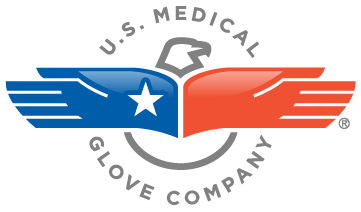
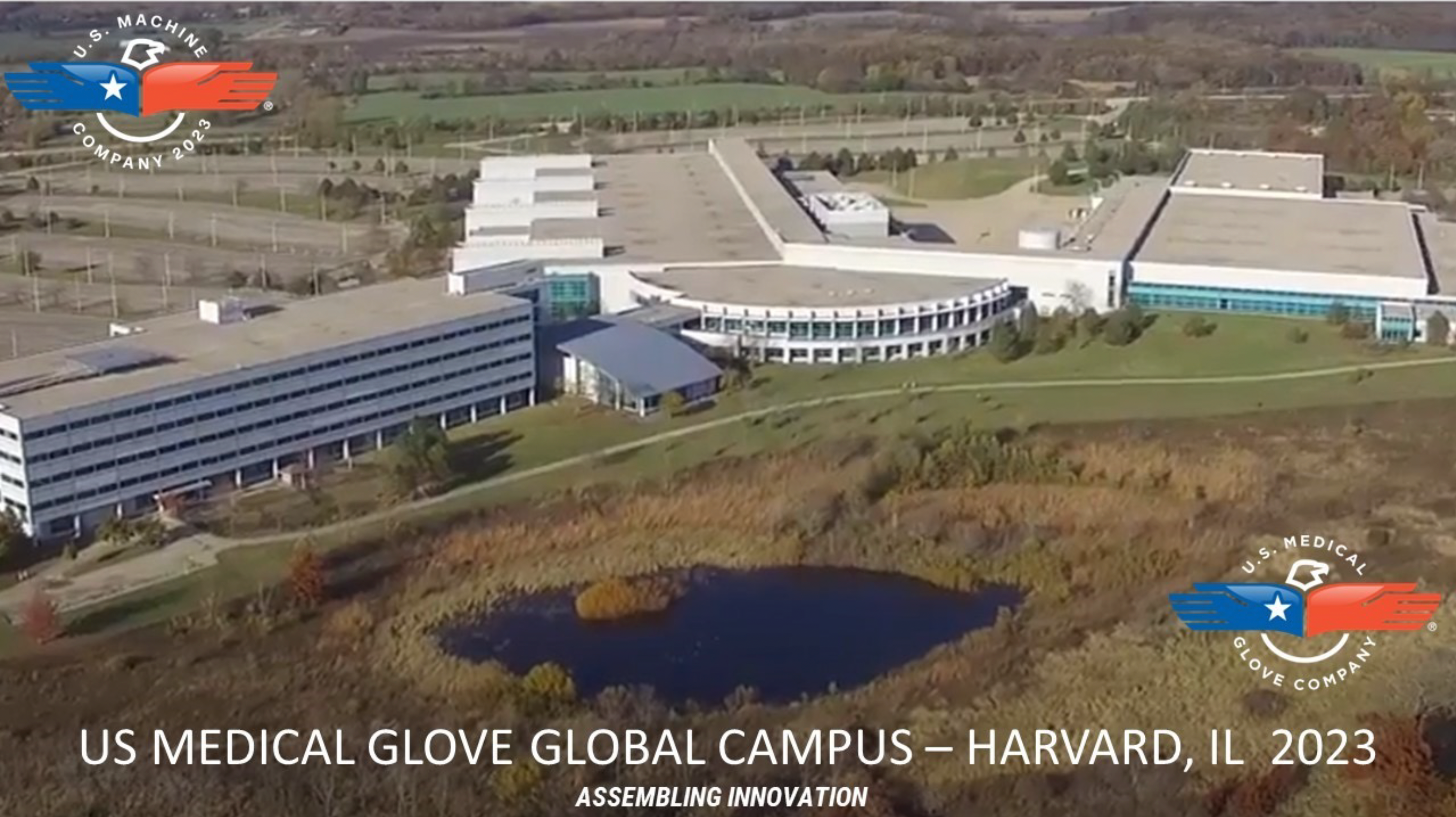
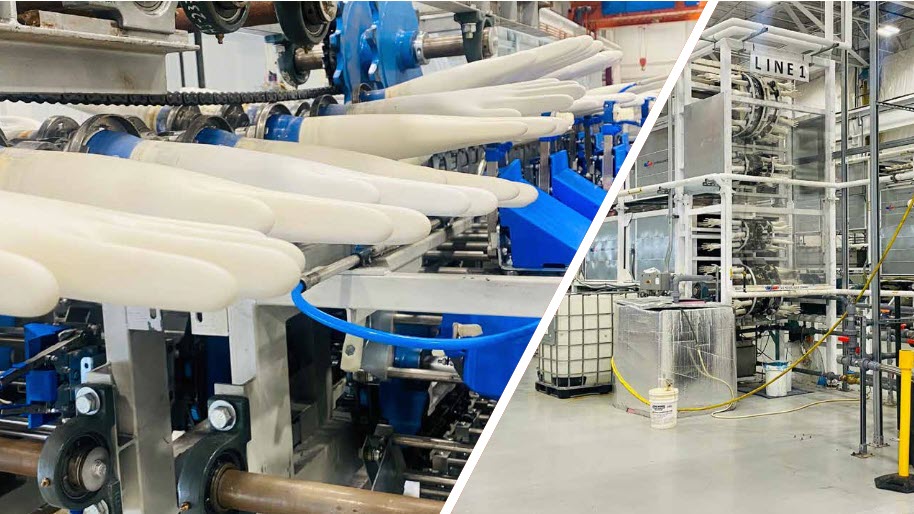
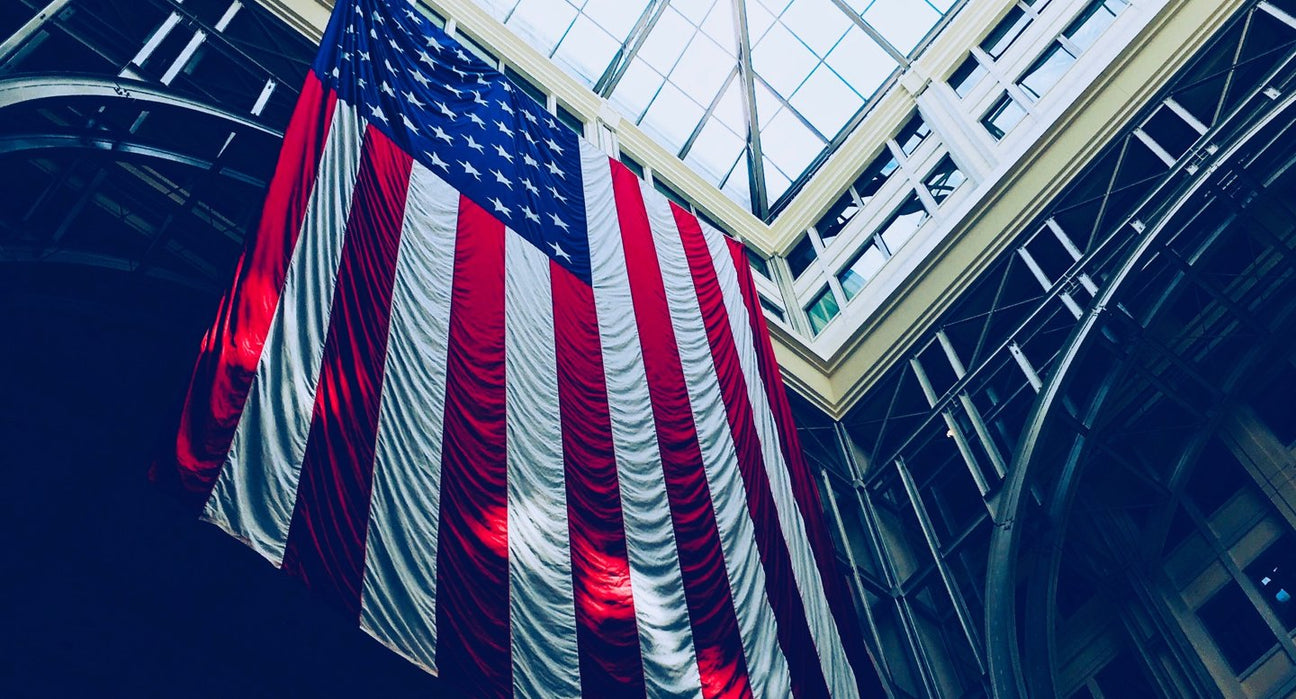
Leave a comment